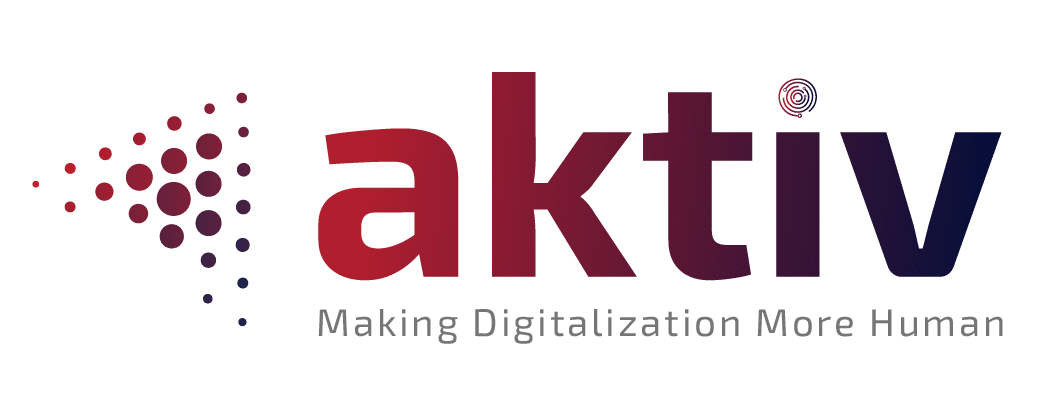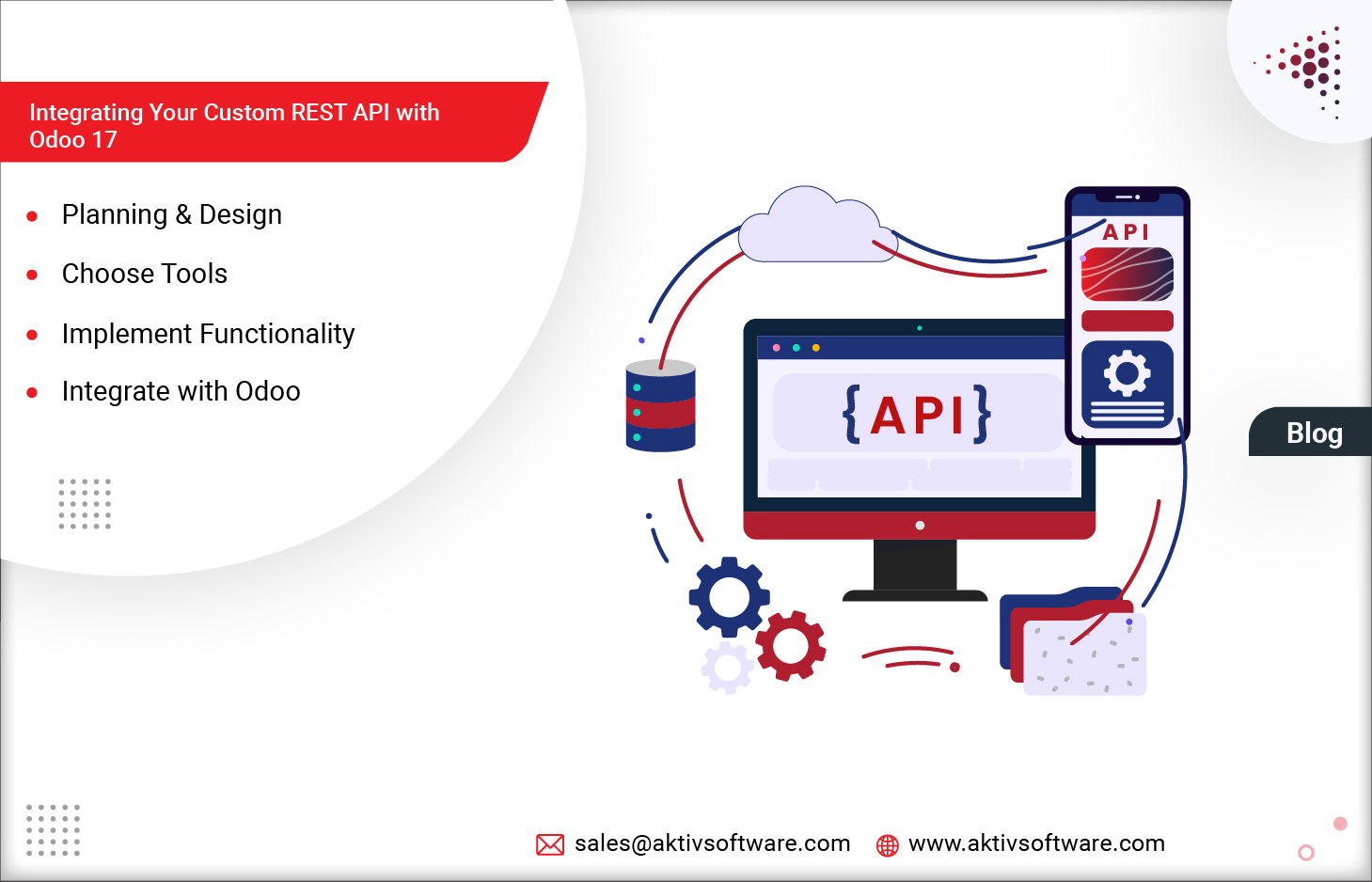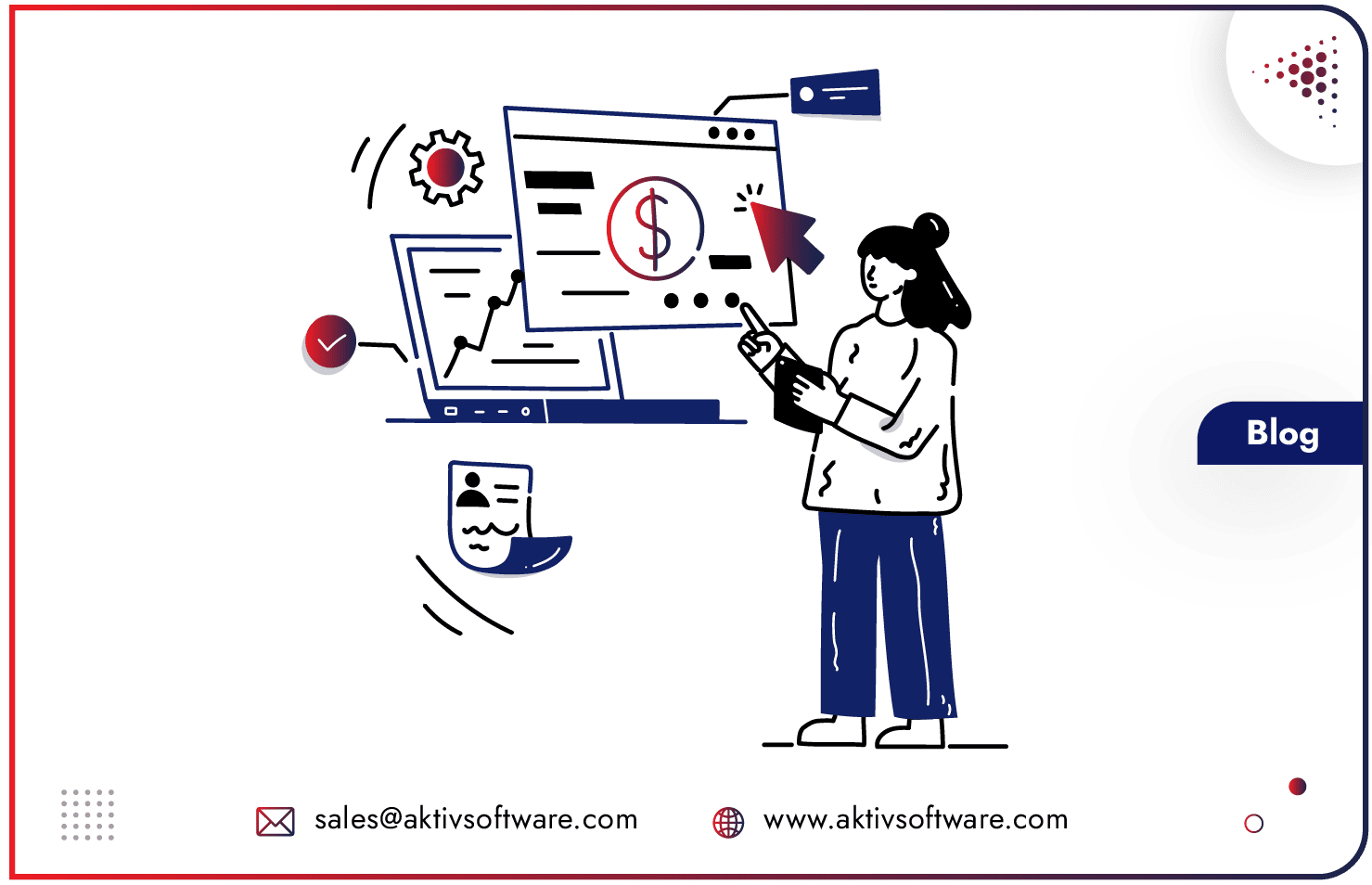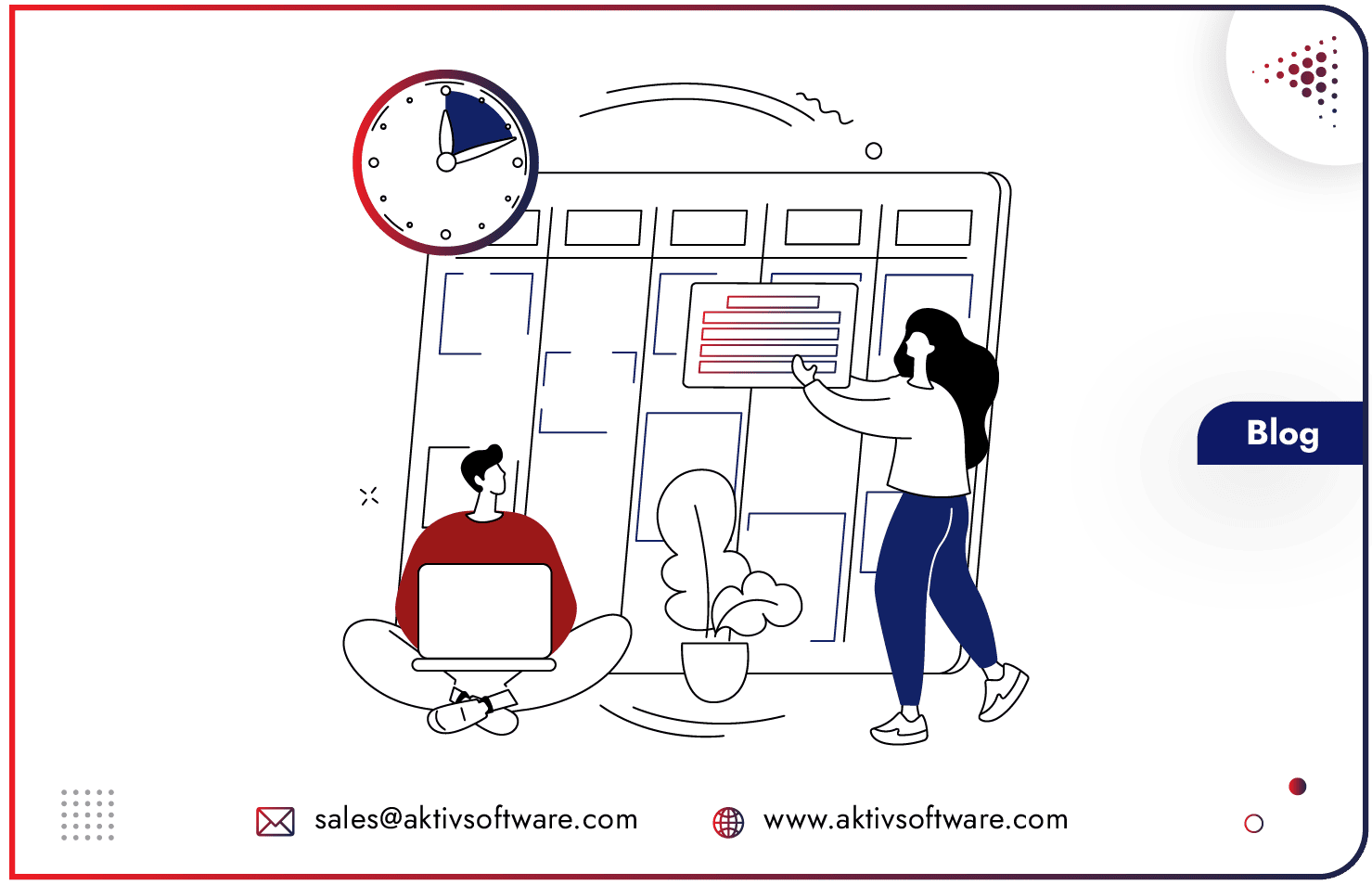Odoo’s built-in functionalities are powerful, but a few business requirements need something more tailored. That’s where custom REST APIs come in, offering seamless integration with external systems and unlocking new possibilities.
But how do you Integrate Custom REST API with Odoo17 instance? This guide will navigate you through the integration process.
Integrate Custom REST API with Odoo17 in 5 Steps!
Step 1: Design Your REST API:
Before diving into code, define your API’s purpose and functionality. What data will it exchange with your Odoo17 instance? What endpoints will you need? Sketch out the API’s structure, including:
- Endpoints: Define clear URLs for each function.
- Request Methods: Specify allowed methods like GET, POST, PUT, and DELETE.
- Parameters: Determine the data users can send with each request.
- Response Formats: Choose the format for responses (JSON, XML, etc.).
Step 2: Choose Your Tools:
Several options exist for building your API, each with its strengths:
API Framework: Select a framework like Flask, Django REST Framework, or FastAPI based on project size and complexity.
Odoo Libraries: Use odoo-rpc for XML-RPC or odoo-jsonrpc for JSON-based communication with Odoo.
Step 3: Implement Functionality:
- Data Mapping: Translate between your API’s structures and Odoo’s models.
- Authentication: Implement chosen security mechanisms.
- Error Handling: Provide informative error messages for troubleshooting.
- Testing: Rigorously test your API for functionality and security
Step 4: Integrate with Odoo:
- Triggering Actions: Use webhooks or event handlers to call your API based on events (e.g., new order creation).
- Data Exchange: Use your API’s endpoints to send and receive data from Odoo.
Step 5: Documentation and Maintenance:
- Documentation: Create clear API documentation for developers (endpoints, parameters, responses, error handling).
- Maintenance: Keep your API framework and libraries updated, fix bugs, and improve based on feedback.
Additional Tips to Help You Integrate Custom REST API with Odoo17:
- Version Control: Use version control for your API code to track changes and maintain history.
- Monitoring: Implement monitoring tools to track API performance and identify issues.
- Consider Odoo Web Services: Explore Odoo’s built-in Web Services module for pre-built functionalities you can leverage or extend.
I hope this comprehensive guide helps you Integrate Custom REST API with Odoo17 successfully!
If you feel any query related to odoo integration solutions, our team of experts is ready to assist you.






